Most of the time, venturing into the great outdoors is a rewarding experience. However, sometimes things go wrong, and when they do, it’s important to know how to react. The first thing to do is get help. But how?
That’s where this guide comes in. We have included how to do ten need-to-know distress signals, which signals are to be used in different situations, and how to communicate to other hikers, aircraft, or by radio in an emergency situation.
Table of Contents
1. Human Y
The Human Y doesn’t require anything besides your body and can be used to communicate with helicopters during an emergency. Holding both arms up, as if making the letter Y with your body, indicates, “Yes, I need help.”
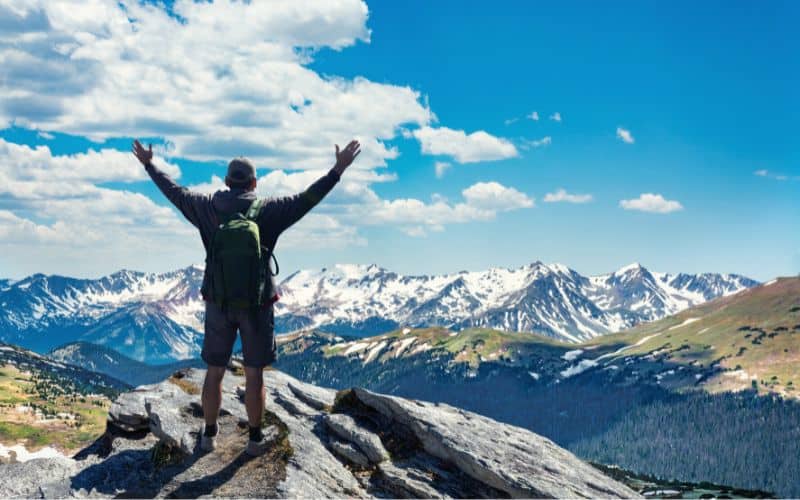
2. Whistle
You should always carry a survival whistle. They are lightweight, take up virtually no room, and could save your life. A whistle blast will travel three times further than a yell, increasing your chances of being heard.
The best way to make a distress signal is with three blasts. Each blast should be around three seconds long. Wait a few seconds, catch your breath, and repeat the three whistle blasts until help arrives.
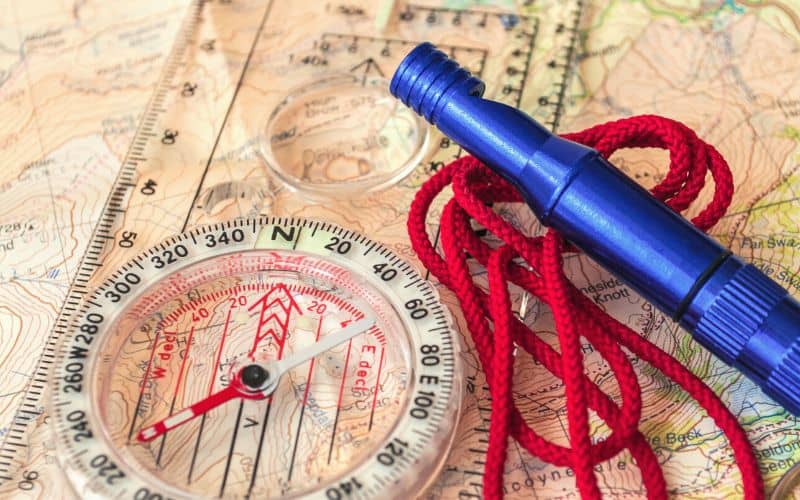
3. Mirror
Survival kits always include a signal mirror, and for a good reason. A mirror can reflect sunlight up to 7 miles and be used to alert rescuers of your position. To use a signal mirror, stand facing the sun and place the mirror next to your eye.
Find the reflection on your hand and open your fingers into a V-shape. The reflection will go through your open fingers, and you can use your hand as a guide. Locate your target and flash the mirror three times for a better chance of being noticed.

4. SOS
SOS is a widely known distress call, often used for global maritime distress calls. In Morse Code, the letter S is three dots, and O is three dashes. SOS is dot, dot, dot, dash, dash, dash, dot, dot, dot.
You can use a whistle to communicate SOS with three short signals, three long signals, and three more short signals. You can also use a headlamp or flashlight for a distress signal by turning the light on and off. In any case, three is the magic number – three fires evenly spaced, three whistles, three signals with your headlamp, or three mirror flashes.
5. Personal Locator Beacons
Personal Locator Beacons, or PLBs, are the ideal tools for signaling distress. Unlike a satellite messenger, a PLB doesn’t require a subscription.
PLBs send SOS signals and an emergency position to a global network of satellites and initiate a local emergency procedure. Remember, you can’t cancel an SOS call, so make sure you need help before activating a PLB.
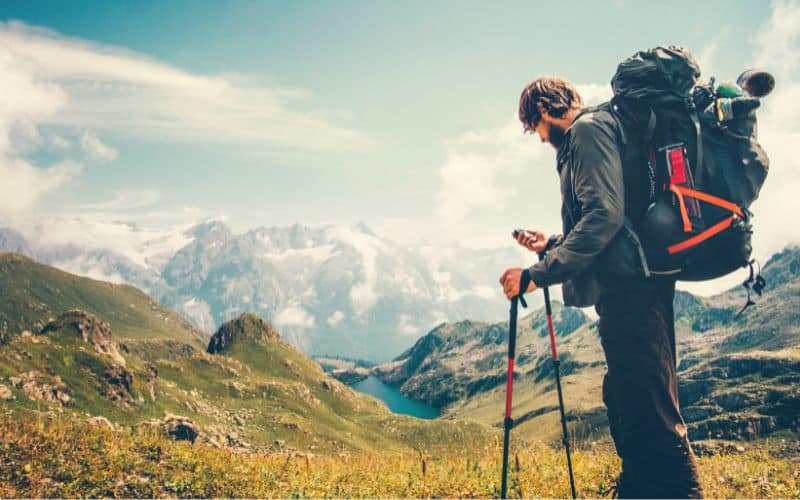
6. X
When seen from the air, an X is a large visual signal, and the bigger, the better. Gather as many logs, sticks, and rocks as possible and make sure the X is visible. You can also use your own body to create an X or turn the logs into a signal fire. Lay on your back and move your outstretched arms and legs as if making a snow angel.
7. TTT
TTT in Morse Code is another easy international emergency sign. In Morse Code, the letter T is a single dash, making TTT easier to remember than SOS. Like SOS, you can communicate TTT with three flashes from a headlamp, whistle, or mirror.
8. LED Road Flares
Traditional flares are heavy and could potentially start a forest fire. Most hikers and backcountry enthusiasts have turned away from flares and flare guns for safer alternatives, including LED road flares, headlamps with a strobe function, and satellite phones.
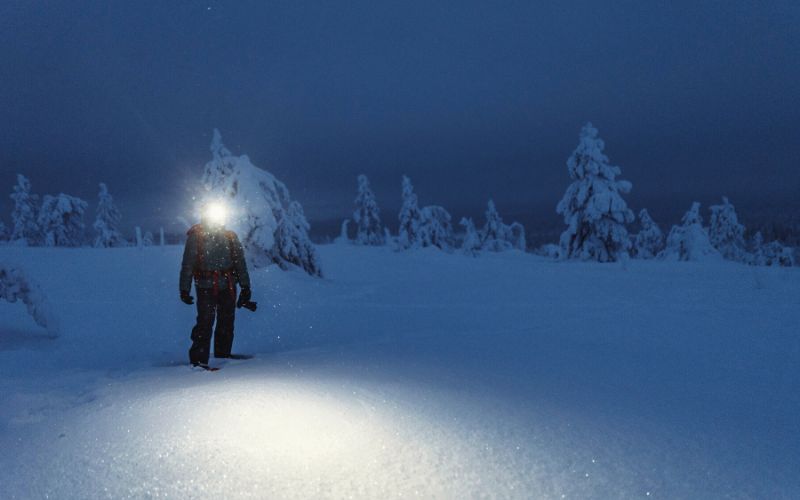
9. Mayday
Mayday comes from the French word M’aidez, which means help me. And it can be easier to understand over the phone than SOS. As with most help signals, you should say Mayday three times in an actual Mayday call to effectively communicate your need for help.
10. Signal Fires
If you’re in a remote area with plenty of flammable material (wood, grass, etc), signal fires are a great way to attract attention to rescue teams. To give yourself the best chance of being seen, add plenty of green wood to your pile – this gives off much more smoke than dead wood.
If there’s enough material to do so, start three fires so rescuers don’t confuse your fire with a campfire!
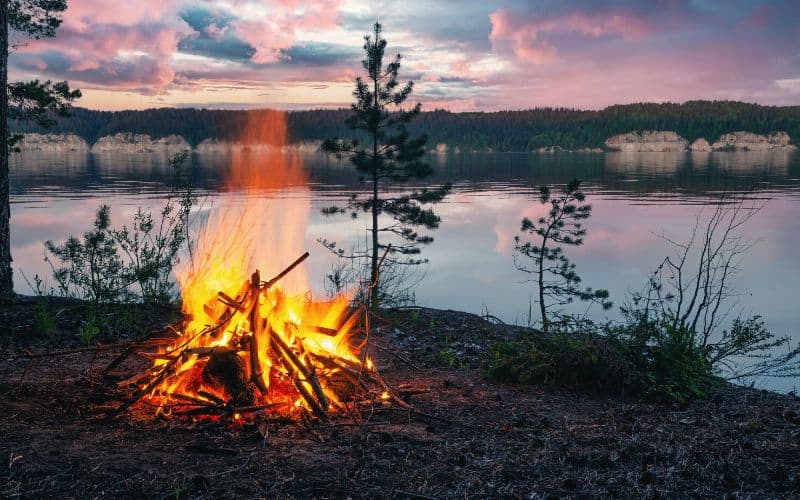
International Emergency Signals For Distress: Final Thoughts
Spending time outdoors is not without its risks. When things go wrong, there are a few different ways of signaling for help, including with a survival whistle, a mirror, or a Personal Locator Beacon.
Have you ever had to call for help? What international emergency distress signal did you use? Let us know in the comments, and don’t forget to share with your hiking partner.

